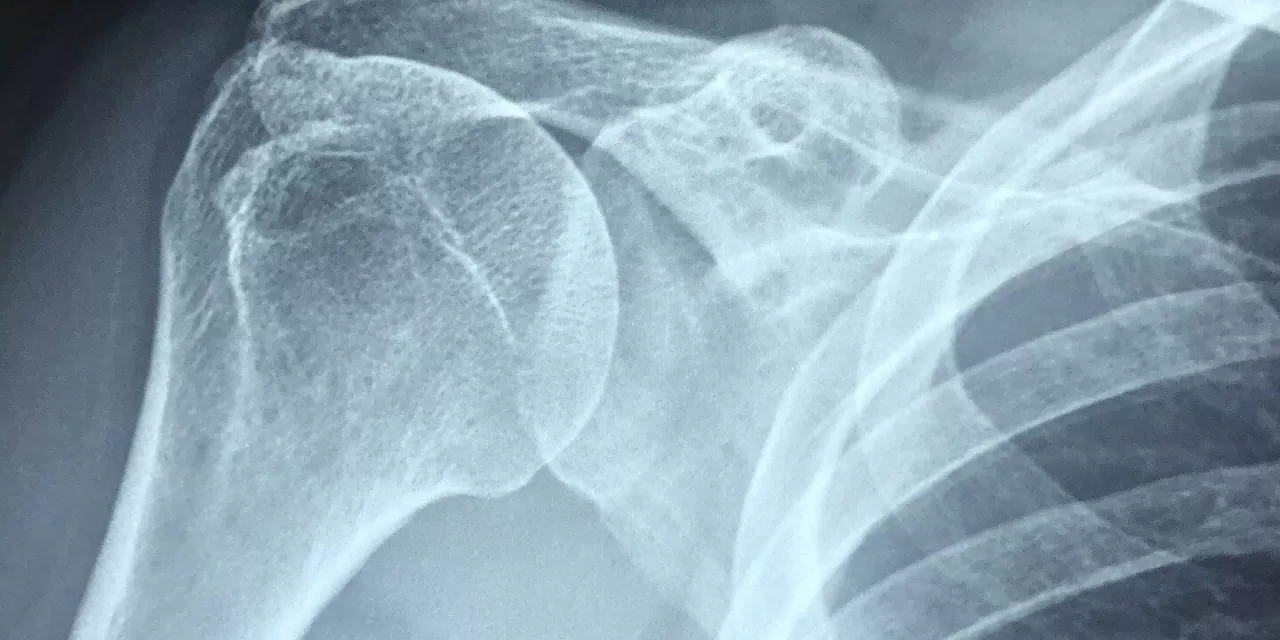Shoulder pain is one of the most common complaints leading to physician visits in the United States. In 2015 and 2016 alone, shoulder symptoms accounted for approximately 9.6 million physician visits, with rotator-cuff disorders being the primary cause. Whether resulting from trauma or a gradual, degenerative process, rotator-cuff tears affect millions of people, particularly those over the age of 40. Understanding the range of treatment options available is crucial for those experiencing this painful condition.
What Are Rotator-Cuff Tears?
Rotator-cuff tears are injuries to the group of muscles and tendons that stabilize the shoulder. These tears may develop suddenly from an accident or strain, or they may worsen over time due to age or repetitive motions, especially in the dominant arm of individuals over 40 years old. Symptoms of rotator-cuff tears often include shoulder pain that can worsen with specific activities like sleeping on the affected shoulder or lifting objects overhead.
However, many tears remain asymptomatic, and patients may not experience pain until the tear progresses. Interestingly, the size or severity of the tear does not always correlate with the level of discomfort.
Nonoperative Treatment: The First Line of Defense
For most patients, nonoperative treatments, such as physical therapy, are the first step in managing rotator-cuff tears. According to Dr. Nitin Jain, professor at the University of Michigan Health, physical therapy is highly effective, with more than 80% of patients reporting reduced pain and improved function after six to twelve months of supervised rehabilitation. This approach primarily focuses on strengthening the shoulder muscles, improving posture, and correcting muscle imbalances around the scapula.
“Trust in the process is key,” says Dr. Jain. “Patients who are dedicated to their rehabilitation program see the best outcomes.”
In addition to physical therapy, addressing psychosocial factors such as distress or depression may help improve outcomes, although research in this area remains limited for rotator-cuff tears compared to other musculoskeletal disorders.
Pharmacologic and Injection-Based Treatments
For pain management, a range of medications may be used, though their effectiveness varies. Nonsteroidal anti-inflammatory drugs (NSAIDs) like ibuprofen may offer modest pain relief, but their benefits are not well-established for rotator-cuff disorders specifically. Topical medications like diclofenac have shown some promise in treating chronic musculoskeletal pain, although there is little high-quality evidence supporting their use for rotator-cuff tears.
In some cases, injections of glucocorticoids combined with local anesthetics may help alleviate pain, particularly for those with subacromial impingement syndrome. These injections typically provide short-term relief, with benefits lasting up to four weeks.
Surgery: A Last Resort
Surgical intervention is generally not the first treatment option for rotator-cuff tears but may be considered for patients whose condition does not improve with conservative measures. Arthroscopic surgery, a minimally invasive procedure, is the most common approach. The torn tendon is repaired and reattached to the bone, promoting tendon-to-bone healing with fewer complications.
Surgical outcomes tend to be better for patients under 65 years of age with smaller tears. Although early surgical intervention has been hypothesized to prevent muscle degradation, further research is needed to determine whether early surgery is superior to delayed intervention.
Conclusion
Rotator-cuff tears can cause significant pain and limit mobility, but most cases can be effectively managed with nonoperative treatments such as physical therapy. Surgery remains an option for those who do not respond to conservative care. As each case is unique, it’s essential to consult with a healthcare provider to determine the best treatment approach based on individual needs and symptoms.
For more information on rotator-cuff treatment options, refer to the study by Dr. Nitin B. Jain in the New England Journal of Medicine (2024).
Disclaimer: This article is for informational purposes only and should not be considered a substitute for professional medical advice, diagnosis, or treatment. Always seek the advice of your physician or other qualified health provider with any questions you may have regarding a medical condition.
Reference: Nitin B. Jain et al, Degenerative Rotator-Cuff Disorders, New England Journal of Medicine (2024). DOI: 10.1056/NEJMcp1909797











